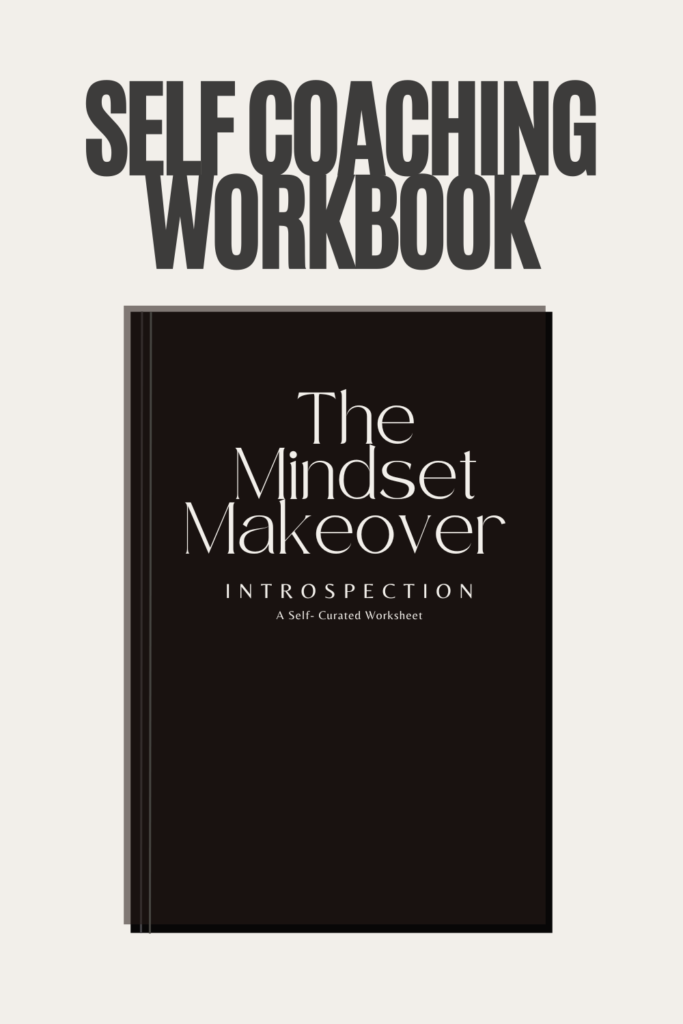Productivity is getting the results you want with less time and effort. So when you’re trying to understand how to be productive, what you’re really seeking is a way to achieve your goals while having time to spend on what matters. Which means building simple consistent hacks that will boost Productivity.
The Goal Of Being Productive
The goal is to achieve successful milestones with fewer resources, time, and effort. Therefore, you need to develop a consistent and repeatable process that helps you do the work effectively and efficiently. This is achievable by shifting the focus from obsessing about the outcome to the process of achieving that outcome.
The fact is most of us have spent years cultivating our life and work habits whether good or bad, consciously or subconsciously. Unfortunately, those won’t change immediately, deliberate choices have to be made and an efficient process is needed.
Small adjustments can lead to more lasting changes, but those may take time and discipline. It looks really easy when you’re reading a productivity article like this but it’s not. Motivation and deadlines can boost your capacity to achieve short-term goals. But finding meaningful patterns that could advance your long-term productivity can be challenging.
But you have a choice. One thing to note is that doing more of the small tasks is actually doing less by focusing on things that matter and having solid control over the process to achieve desired outcomes. Determination and patience is the key.
Charles Duhigg defines productivity as “making certain choices in certain ways” that move us from being “merely busy” to “genuinely productive” in his book Smarter Faster Better.
15 Productivity Tips That Will Change Your Life
1. List it Out!
Planning and Prioritizing things helps one save both time and energy. This allows you to set a Perfect Work-Life Balance.
Personally, I prefer to mix & match the old-fashioned pen-to-paper planners and to-do lists with their tech counterparts. Some really good apps include Notion, Google Calendar, and Todoist. I also prefer to prepare my list a week in advance for routines, habits, and goals then tweak it a day or night before for some tasks that need to be achieved the following day.
2. Eat the Frog
As Mark Twain once said “If it’s your job to eat a frog, it’s best to do it first thing in the morning. And if it’s your job to eat two frogs, it’s best to eat the biggest one first.” Eating the frog means “Just do it”, otherwise, the frog will eat you-meaning that you’ll end up procrastinating the whole day.
Here’s a great resource from Author Brian Tracy: Eat That Frog!: 21 Great Ways to Stop Procrastinating and Get More Done in Less Time
TIP: Every morning or the night before, write or mark down your top three tasks for the day. Be clear with what you write and use more than a three-word description.
“Do the hard jobs first. The easy jobs will take care of themselves.” -Dale Carnegie, American writer
3. Pomodoro Technique
The Pomodoro Technique is a time management method developed by Francesco Cirillo in the late 1980s. The technique uses a timer to break down work into intervals, traditionally 25 minutes in length, separated by short breaks.
A Pomodoro is 25 minutes because it’s the perfect length of time to help you not procrastinate, be productive, create urgency and help you stay focused on any task you are tackling.
For most of us, time is an enemy. We race against the clock to finish work and deadlines – this technique teaches you to work with time, instead of struggling against it.
4. The Five-Minute Rule
Small tasks pop up throughout the day, but you don’t want to waste time contemplating whether or not you should do them.
It’s best to go by the rule “If it doesn’t take more than 5 minutes, just do it!“, this way some of the menial everyday tasks don’t stack up. If it takes more than five minutes then schedule the task in your planner write it just below your top three tasks for the day and take care of it later.
Learn more from Mel Robbins book: The 5 Second Rule: Transform Your Life, Work, and Confidence with Everyday Courage
5. Batching
Task batching is a planning process that groups similar activities together to improve focus and productivity. Batching tasks works because you’re maintaining the same frame of mind for all the tasks involved.
An example: Batching your “social tasks” together, like emails, text messages, and voice mails. It’s either you batch by time blocks or schedule by days. Always batch similar tasks together when planning your day or week, it’ll definitely make your work process flow smoothly.
“Focus on being productive instead of busy.” -Tim Ferriss, American podcaster, author, and entrepreneur
6. Time Blocking
As defined by the app Todoist “Time blocking is a time management method that asks you to divide your day into blocks of time. Each block is dedicated to accomplishing a specific task, or group of tasks.
- Start with your high-level priorities
- Set aside time for both Challenging & Easy tasks
- Schedule your breaks (not just lunch)
- Write down your daily to-do list (for work, home, and family/social) and fill it up
- Overestimate how long things will take (at least to start)
- Add blocks for reactive tasks each day
- Place buffers in between tasks
- Put in time for downtime, relaxation, and learning
It’s not always that we need to do more but rather that we need to focus on less. It’s about maximizing what we do with the time that we have.
7. Schedule in Buffer time
Buffer time is extra time added to a task or service duration for unplanned things. For example, if you have a 25-minute meeting, but you know there will be some small conversations with colleagues afterward, then add a 10-minute buffer time before you proceed to your next work.
8. Prioritize and Set Deadlines
There isn’t time to do everything so make sure you prioritize your MVT (Most Valuable Task). Also, you’re more likely to get things done when you have a deadline to work towards.
9. Multitasking Is Not 100% Effective
We want to get all things done for the day and so we like to multitask. The problem with multitasking especially when we pair it with important tasks is that the focus will not be 100% on that task. So if you have 3 things to do on your list give your all on one task before moving to the next, in this way you’ll produce a better and faster output.
10. Break Down Tasks
When you are faced with a big task, it helps if you break the task down into smaller, more manageable parts. This will help you avoid stress and procrastination.
The solution is to work in short bursts with breaks in between compared to long intervals of work and rest. This will help keep your momentum going and give your mind a breather to think better and a body that’s not too drained.
The form you have selected does not exist.
11. Organize, Organize, Organize
Be organized by filing and keeping things where you can find them. An organized space has fewer distractions giving you the power to think more freely and positively, which ultimately promotes productivity.
Dr. Augustin explains. “Too much clutter can signal a lack of control and confuse that sense of identity.”
12. Automation Is A Time Saver
Automation improves the accuracy and consistency of workflows. It helps you save time, and get a handle on some of those more time-consuming, menial tasks you have on your schedule. Find time in your schedule to automate some of your tasks in advance, in this way you can do all the rest in batches.
If you need to promote online, on social media, or send emails- apps like Tailwind, Convertkit, and Crowdfire are your best bet.
13. Block Out Distractions
Distractions have a huge cost on our focus and productivity. Every time we get distracted, we pay a price for wasted time. According to Gloria Mark, a University of California professor who studies interruptions, she said: “it takes an average of 23 minutes and 15 seconds to get back to the task.”
Interruptions are inevitable, but that doesn’t mean you have to face them unprepared. From email notifications, social media, games, ebooks, apps, etc. tech devices lead the way as the #1 tool for distractions nowadays. Make it a practice to turn off your notifications and block out anything else that might distract you.
14. Practice Note Taking
With so much information flooding in throughout your day. It’s impossible to remember everything. Don’t rely on your thoughts and ideas, you need to write them down.
15. Just Start And Keep Going
“Most people overestimate what they can do in one year and underestimate what they can do in ten years.” Bill Gates
Being more productive can make life easier for you, especially if you commit to the system that will work best in keeping you on top of things. There are many benefits of personal productivity. The biggest benefit of productivity is that it leads to a fulfilled and happy life.
If you enjoyed this article check out a similar post on ENERGY MOOD HACKS: HOW TO GET THAT BOOST ON A LAZY DAY

















13 comments
Areil
organizing is important. You can’t be productive in clutter. Thanks!
Lani
Hi Areil,
You are so right, it’s difficult to navigate through life when you’re surrounded by clutter.
Fransic verso
I need to start note taking practice because it’s important for me. These are very great things to consider
Lani
Hi Fransic,
I’m glad you got some ideas from this post. Thanks for the letting me know.
Lani
Hi Fransic,
You’re right note-taking is very important.
nia
Really great list, big fan of the pomodoro method when I had to study in college. Also cool to hear about the “eat the frog” ideas as well. Thanks for sharing!
Lani
Hi Nia,
I’m glad you enjoyed this post and got some tips along the way. Thanks for the support.
Dinah
This blog is really interesting and helpful! One thing I also found helpful is to implement some Sunday habits to help make the coming week feel more manageable and productive. From meal planning to setting aside time for myself, these simple steps make a big difference in helping me feel more prepared and productive as I start my week 🙂
Lani
Oh wow Dinah, I didn’t think of this. Indeed Sunday will set you up for the whole week. Thanks for the comment, I might write another blog post about things we can do on the weekends. Would love to have your opinions on that.
May
I use batching method these days but so many ideas to be productive in your article, so useful! I’ll definitely be implementing them in my work.
Lani
Hi May,
Thanks for your comment. I practice batching a lot too. I noticed that when I jump from one opposing task to the other, I lose my focus.
Jo
I’m such a fan of making lists. I sit down at the start of each week and plan out my schedule – that way I know I’ll get everything done! I also like the idea of just starting the task – often thinking about it too much is worse than just getting going with it! Thanks for sharing the list.
Lani
Hi Jo,
I totally agree with you. We are in the same boat.